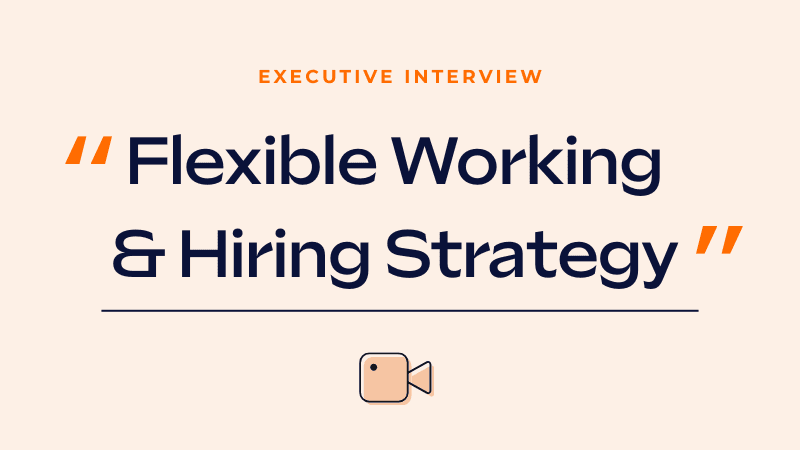Hiring Advice
Get expert advice to refine your hiring strategies, attract top talent, and build high-performing teams. Stay ahead with actionable insights on market trends, best practices, and tips to optimize your hiring process for success.

The Talent Required to Run Lights Out Manufacturing Operations
Lights out manufacturing runs production without operators using automation and robotics. As adoption grows, engineering and maintenance talent now limits uptime and output.

TQM and Talent: The Future of Supply Chain Success
Discover how TQM and top talent are shaping the future of supply chain success through quality, efficiency, and strategic workforce transformation.

How Tariffs, Automation, and Inflation Are Shaping Hiring in Supp...
Taylor Gerkin, Vice President - Head of Technical Operations & Supply Chain at DSJ Global, shares expert insights into the trends reshaping talent demand and organizational planning in 2025.

Building a Better Talent Strategy for Commercial Supply Chain Rec...
Hiring for commercial supply chain roles in the US demands a sharper talent strategy. Find out how to compete for top candidates with the right skills and expectations.

How Flexibility is Redefining Supply Chain Workforce Strategy
Watch as Matthew Wood shares how flexibility, AI and changing expectations are reshaping workforce strategy in Europe's supply chain industry.

How IBP Builds Retail Resilience
Retailers are embracing Integrated Business Planning to boost agility, align teams, and respond faster to demand volatility in today’s dynamic market.

The Future of Demand Forecasting in Supply Chains
Explore how demand forecasting is evolving with AI, predictive analytics, and hybrid talent—unlock strategies to future-proof your supply chain.

Supply Chain Planning Lessons from the New Administration
Discover key supply chain lessons from recent U.S. trade policies and learn how businesses are adapting through strategy, talent, and resilience.

In-Demand Skillsets Across Europe's Supply Chain
This interview with Matt Wood, Managing Director for Europe, dives into the top three skillsets currently in-demand from businesses across Europe's supply chain.
Let’s talk talent
Need the right talent for your next hire, or guidance on your people strategy? Leverage our experience to help you and your business today.
Advancing your career
Want to be one step ahead in your career? Our industry experts have the relationships and global reach to realize your full potential.
